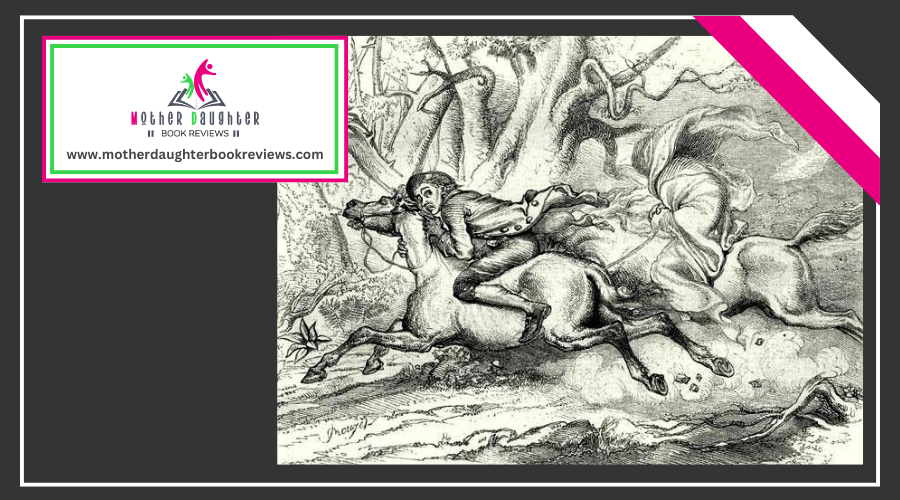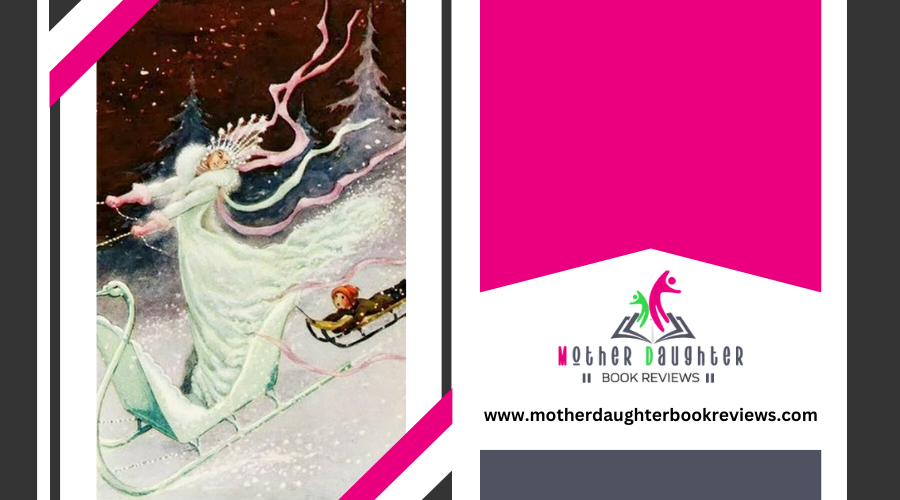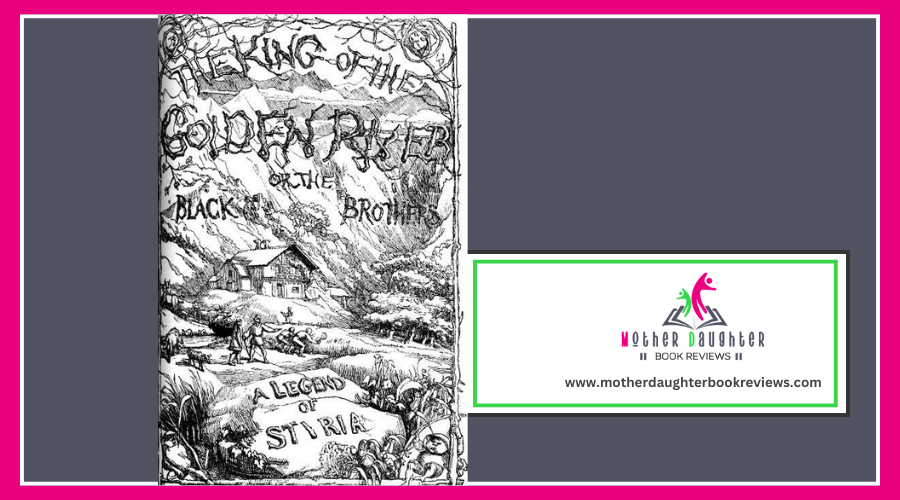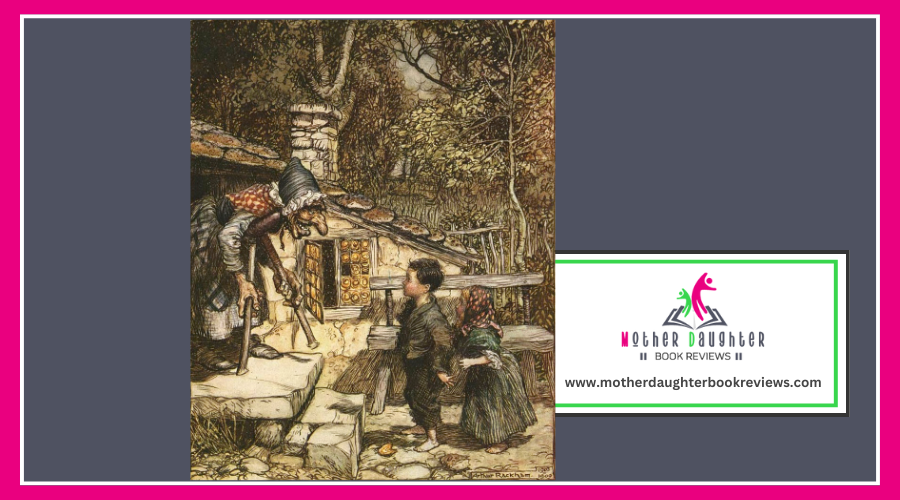A Tale of a Gentle Bull in The Story of Ferdinand
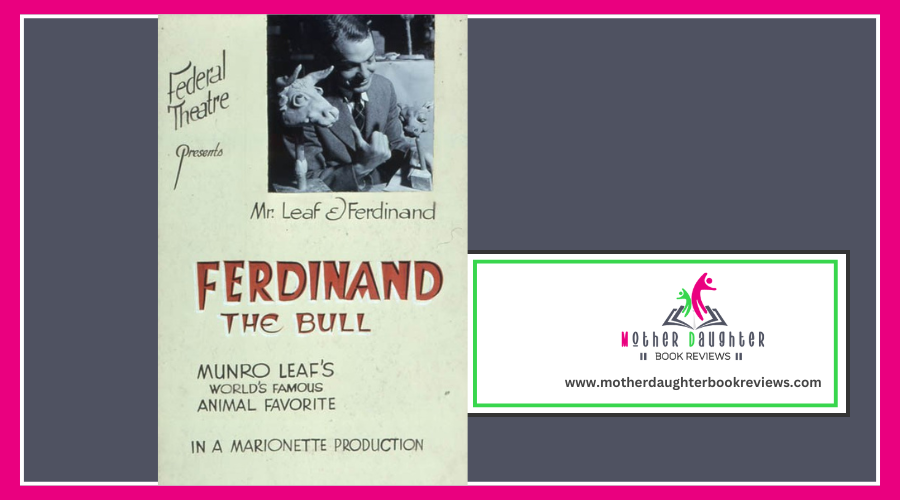
In "The Story of Ferdinand," you meet a gentle bull named Ferdinand who would rather sit under a cork tree and smell flowers than charge around in bullfights. Set in the beautiful Spanish countryside, Ferdinand's peaceful nature sharply contrasts with societal expectations of aggression and bravery. Despite being taken to Madrid to participate in a bullfight, Ferdinand stays true to himself by sitting calmly in the arena, surprising everyone.
The Origins of Ferdinand
In the heart of rural Spain, Ferdinand's story begins with a contrast to the vibrant life of the nearby cities. You see, Ferdinand's background is rooted in the serene countryside where he was born and raised. Unlike his peers who aspired to join the bullfights in Madrid, Ferdinand preferred to sit quietly under his favorite cork tree, smelling the flowers. This peaceful demeanor set him apart and highlights the cultural significance of his tale.
Ferdinand's background isn't just about his tranquil nature; it also reflects on Spanish rural life and traditions. Bulls are often bred for the ring, symbolizing bravery and aggression in Spanish culture. Yet, Ferdinand challenges this norm with his gentle and kind spirit. His story is a reminder that one's environment and upbringing can shape a unique path, diverging from societal expectations.
Characters in Ferdinand's World
The bullfighting culture looms large over Ferdinand's world, with its societal expectations pressing all bulls to demonstrate aggression and strength. This culture contrasts sharply with Ferdinand's gentle nature, emphasizing animal symbolism where Ferdinand represents peace and non-violence amidst an environment pushing for combativeness.
Friendship dynamics play an essential role in the story. Ferdinand's friends accept him for who he is, fostering an environment of support that helps Ferdinand remain true to himself. This acceptance showcases the power of friendship in steering through societal pressures.
The human characters, such as the bullfighters and spectators, further accentuate the clash between societal expectations and personal identity. They see Ferdinand as merely a participant in the spectacle, underscoring the theme of resisting conformity. Through these characters, you witness a world that challenges Ferdinand's peaceful demeanor, yet ultimately celebrates his unique spirit.
Munro Leaf's Inspiration
While Ferdinand's world teems with contrasting characters and societal pressures, it's fascinating to investigate what inspired Munro Leaf to create this timeless tale. Munro Leaf's background played a significant role in shaping the story. Born in 1905, Leaf grew up during a period marked by rapid social changes and the aftermath of World War I. These experiences likely influenced his perception of individuality and nonconformity, themes central to Ferdinand's story.
You might not know that Leaf was an educator before he became a renowned author. His teaching experience exposed him to the minds of young readers, helping him understand what stories could resonate with them. This insight was essential in crafting a tale that both entertained and conveyed deeper messages about peace and self-acceptance.
Leaf's literary influences also shaped Ferdinand's creation. He admired Aesop's Fables for their moral lessons wrapped in simple stories, along with the works of Mark Twain and Lewis Carroll, who masterfully combined humor with poignant social commentary. These influences are evident in Ferdinand's gentle defiance against societal expectations, making it a story that transcends generations. By drawing from his background and literary heroes, Leaf crafted a narrative that's both timeless and deeply meaningful.
View this post on Instagram
Robert Lawson's Illustrations
Within the pages of "The Story of Ferdinand," Robert Lawson's illustrations breathe life into Munro Leaf's narrative. You'll find that his artistic style is both charming and detailed, perfectly complementing the gentle nature of the story. Lawson's illustration techniques include delicate line work and expressive characters, which make each scene memorable. His black-and-white drawings capture the essence of the Spanish countryside, drawing you into Ferdinand's peaceful world.
Lawson's artistic style is distinct, marked by its simplicity and elegance. He uses fine lines to create intricate details, from the petals of the flowers Ferdinand loves to the textures of the trees he rests under. This thorough approach guarantees that every page is a visual treat. The expressions on the characters' faces are particularly striking, conveying a range of emotions with just a few strokes of the pen.
Ferdinand's Unique Personality
As you explore the story, you'll notice Ferdinand's demeanor stands in stark contrast to the aggressive nature typically associated with bulls, especially within the bullfighting culture. Unlike the other bulls who are keen to fight, Ferdinand finds joy in the simple pleasures of life.
He prefers to sit quietly under his favorite cork tree, smelling the flowers, rather than engage in the fierce and violent activities expected of him. This gentle and peaceful nature is what sets Ferdinand apart. He doesn't conform to the traditional expectations of bulls in the bullfighting culture, and it's this very divergence that makes his character so compelling.
When Ferdinand is mistakenly chosen for the bullfights, his true personality remains unchanged. Even in the arena, surrounded by chaos, his calm and serene demeanor prevails. Lawson's illustrations vividly capture these moments, highlighting Ferdinand's unwavering gentleness. Through his unique personality, Ferdinand teaches readers the value of being true to oneself, despite societal pressures to conform.
The Meadow Scene
Sitting in the serene meadow, Ferdinand finds his true haven. You can almost feel the calm that envelops him as he sits among the wildflowers, savoring every moment of tranquility. The meadow's beauty is a stark contrast to the lively, noisy world beyond its borders. Here, Ferdinand isn't just a bull; he's a soul at peace, relishing in the simplicity of nature.
As you observe him, you'll notice how he closes his eyes and takes deep, contented breaths. Each peaceful moment in the meadow seems to rejuvenate his gentle spirit. The lush greenery and colorful flowers create a picturesque setting, enhancing the sense of calm that Ferdinand so cherishes. In this sanctuary, he's free from the pressures and expectations that come with being a bull.
The Journey to Madrid
As Ferdinand's peaceful days in the meadow come to an end, his expedition to Madrid begins with an unexpected twist. You see, Ferdinand isn't like other bulls; he's gentle and prefers smelling flowers over fighting. But when a misunderstanding paints him as the fiercest bull in the land, he's chosen for the bullfights in Madrid. His voyage is filled with new sights and sounds, far removed from his tranquil meadow.
Imagine stepping into a lively world of Madrid adventures. The streets are alive with colorful hues, flamenco music, and the tantalizing aroma of Spanish cuisine. For Ferdinand, this isn't just a trip; it's an immersion into a city's rich cultural significance. Madrid, with its grand architecture and spirited plazas, offers a stark contrast to the quiet countryside he knows so well.
Traveling through the city, Ferdinand encounters new experiences that challenge his gentle nature. Yet, amidst all the excitement, he remains true to himself. His expedition to Madrid isn't just about the destination; it's about staying authentic in a world that expects him to be someone he's not. The adventures in Madrid set the stage for what comes next.
Ferdinand in the Arena
Under the blazing sun, the arena buzzes with anticipation. You're there, amidst a crowd enthusiastic to witness the spectacle of bullfighting. The gate opens, and Ferdinand steps into the arena, a stark contrast to the fierce bulls that typically charge out. The symbolism of the arena isn't lost on you; it's a place where strength and aggression are championed, yet Ferdinand's gentle demeanor challenges these very notions.
As he stands, calm and peaceful, the spectators' cheers morph into confused murmurs. You can't help but reflect on the bullfighting ethics surrounding this tradition. Is it right to expect violence from such a serene creature? Ferdinand's presence calls into question the morality of seeking entertainment through aggression.
The matador, poised and ready for battle, finds himself at a loss. Ferdinand's refusal to fight embodies a silent protest against the expectations placed upon him. The arena, once a symbol of dominance and valor, now feels like a stage for a different kind of courage—the courage to be true to oneself.
Themes of Gentleness
Ferdinand's stance in the arena isn't just an act of defiance; it's a profound statement on the power of gentleness. When Ferdinand refuses to fight, he shows that gentle strength can be more powerful than physical force. His peaceful resolve challenges the norms of bullfighting and the expectations placed upon him. By simply being himself, Ferdinand teaches you that there is immense courage in choosing non-violence.
Wrapping up
The story of Ferdinand has a profound impact on readers by challenging their perceptions of strength and bravery. When you read about Ferdinand, you're invited to reconsider what it means to be strong. Instead of conforming to the aggressive behavior expected of him, Ferdinand finds his strength in gentleness and peace. This contrast sparks a deep reader connection, encouraging you to reflect on your own ideas about courage and individuality.
Ferdinand's expedition resonates emotionally, especially when you see him sitting peacefully amidst chaos. This powerful image sticks with you, reminding you that true bravery often lies in staying true to yourself, even when others expect you to be something you're not. The emotional significance of Ferdinand's story can be a comforting reminder that it's okay to accept who you are, even if it goes against societal norms.

